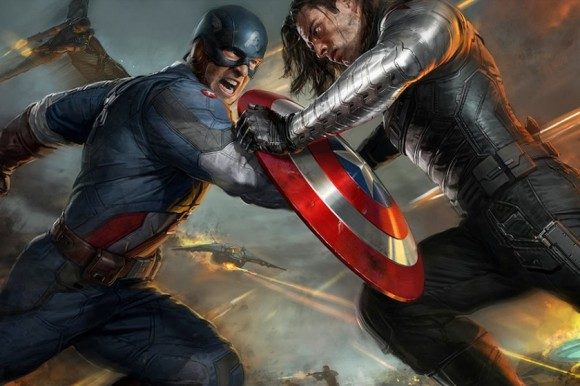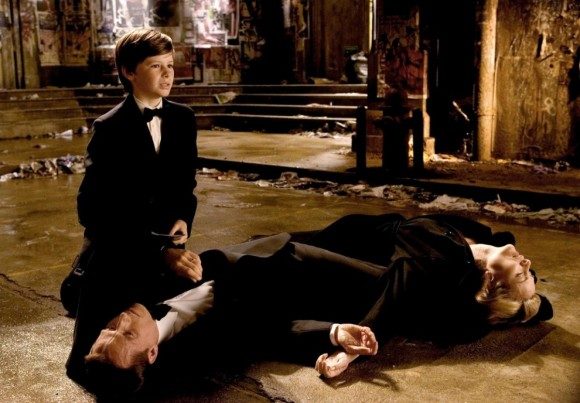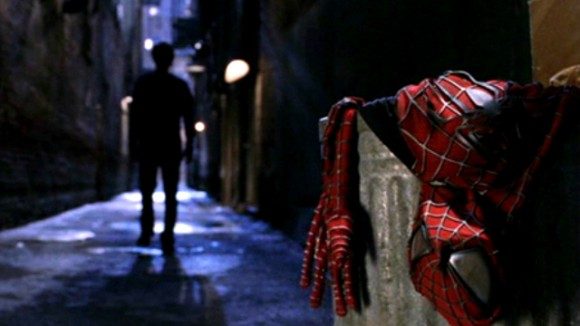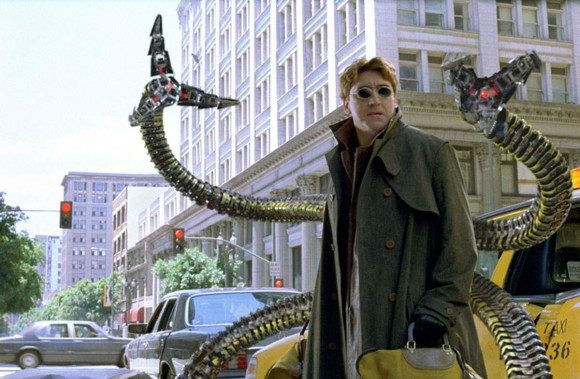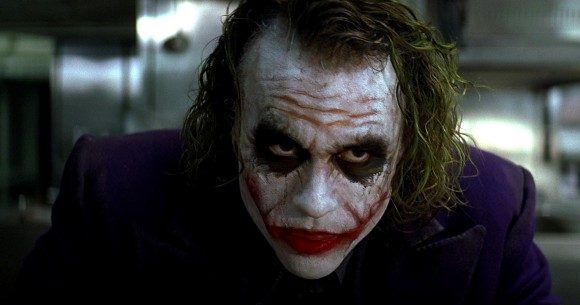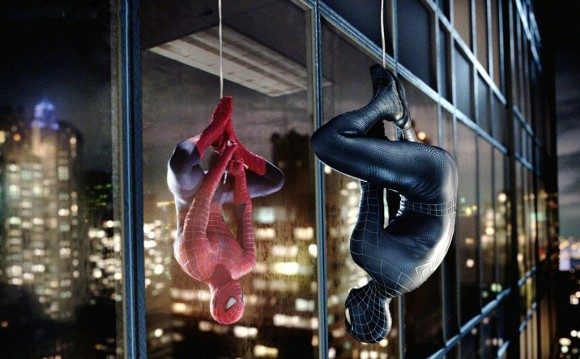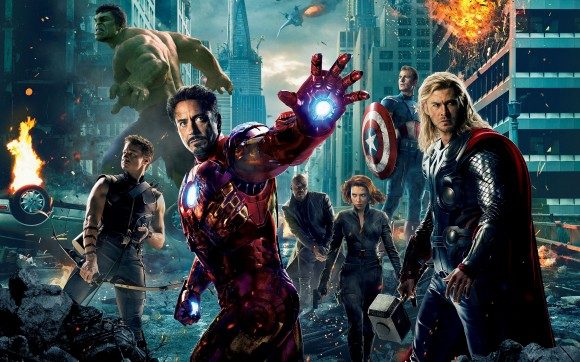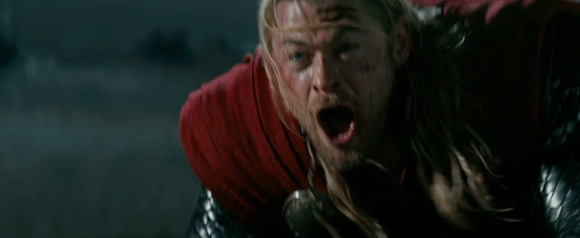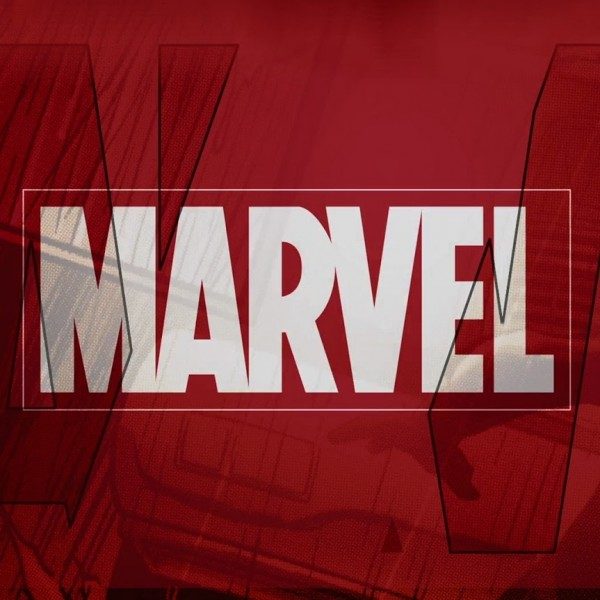Superhero movies are a thing right now. To be more specific, superhero sequels are THE thing right now. They have been for the past decade and they don’t seem to be going away anytime soon. Of the five superhero films being released in 2014, three are sequels (Captain America: The Winter Solider, The Amazing Spider-Man 2, X-Men: Days of Future Past), one is a reboot (Teenage Mutant Ninja Turtles), leaving only one original adaptation (Guardians of the Galaxy). It’s not hard to see why. These films are primarily based off long running comic book series with years of material to draw from. By their nature, comic book adaptations are franchise pay dirt.
While it may not be difficult to figure out why Hollywood keeps making these films, the question of why so few of them are any good is a bit harder to answer. Most superhero sequels aren’t terrible, but few match or surpass the original films. While it’s true that many (if not most) sequels are inferior films, the superhero genre is at a particular disadvantage for one reason: it can’t differentiate. To illustrate, let’s look at one of the best sequels of all time: Aliens. Aliens is a successful sequel because it took the suspense thriller formula of Alien and traded it in for action. While it remained faithful to the world that the original created, it did something different within that world. Superhero films don’t have that luxury. They all keep to the same basic formula: superhero versus super villain.
So, if a superhero sequel has to keep to the same formula as the original, how do you make a good film? Well, having watched nearly every superhero film that’s been made in the past fifteen years, I’ve come up with five rules that all successful superhero films should follow.
1. Don’t Forget the Origin Story
In general, a lot of sequels fail because they disregard the original films. They capitalize on the established characters, but often fail to connect the second film to the first in any meaningful way. For superhero films, this sin is compounded. The first film in nearly every superhero franchise is an origin story. Even films that begin with the hero already in action, like Tim Burton’s Batman, cover the origins, usually through flashbacks.
By their nature, these films are about self-actualization. They start with characters who are emotionally or psychologically incomplete, put them through extraordinary circumstances, and chart their rise as they take up the mantle of heroism. These first films are always about people using an alter ego to become whole. This is why we keep getting lines like: “I’m Batman.” “I am Iron Man.” “Who am I? I’m Spider-Man.” Superheroes love telling us their names.
By the time the second film comes around, the drama is about balancing superhero life with normal life. In the profoundly overrated Spider-Man 2, Peter’s relationships with Mary Jane and Harry Osborn suffer because of his moonlighting, and the tension leads to him hanging up the Spidey suit…for all of about five minutes. The conflict is inherently boring because we all know how it’s going to end. No one wants to see a movie where a superhero chooses a normal life and isn’t pulled back into a life of crime fighting. Well, no one but me. I would pay money to see that movie.
This choice between a normal life and a life as a hero completely undercuts the journey of the first film. Whatever drove them into tights and onto rooftops is still there. Successful sequels don’t bother with whether or not a superhero should be doing what he’s doing. Successful sequels ask why. Captain America: The Winter Soldier is a perfect example. In The First Avenger, Steve Rogers became Captain America because he wanted to serve his country. In the sequel, he finds himself fighting for a government doesn’t have faith in anymore. It’s a continuation of the journey that began in the first film.
2. Keep the Hero Emotionally Invested in the Conflict
Origin stories are intrinsically tied to the heroes themselves. These stories are never just about who they are as heroes, but who they are as people. All these stories have virtually the same lesson: it’s the man that makes the hero, not the power. Not everyone who gets bitten by a radioactive spider would become Spider-Man. It had to be Peter Parker. The core conflict of the movie is tied to Peter’s emotional journey, not his alter ego Spider-Man.
In sequels, heroes usually get involved in the conflict by trade. When a new super villain shows up, of course the local superhero is the one called to take him down. It rarely has to do with who the hero is specifically. Take Doctor Octopus in Spider-Man 2. Disregarding the painfully stupid notion of his tentacles controlling his mind, Doc Ock’s motivation in the film is to rebuild his failed fusion reactor. The only reason he gets involved with Spider-Man is because of a deal he made with Harry Osborn to kill Spider-Man for tritium. The real conflict in the film is between Peter and Harry Osborn because of events in the first film. While I applaud the movie’s continuation of the Green Goblin arc, it’s not excuse for relegating Octopus to the role of a low level stooge, doing dirty work for raw materials.
Good sequels find a way to keep the hero directly invested in the conflict. In The Winter Soldier, Captain America not only grapples with the corruption of his government, but also the corruption of his oldest friend. After a derivative second film, Iron Man 3’s conflict cut right to the heart of Tony Stark’s biggest inner conflict: does the suit make the man, or does the man make the suit? Being a hero does more than make you late for a couple dates. It comes at a mental and emotional cost unique to every hero. Good sequels tap that well.
3. Respect the Source Material But Don’t Be Shackled By It
This is where the gloves come off and the fanboys string me up by my ankles. Source material is very important, particularly in first films. You don’t mess with the origins story. You can tweak it, shift it around, like what the new Amazing Spider-Man franchise is doing, but you don’t radically alter it. Ever. Superman will always be from Krypton. Batman’s parents are always dead. Daredevil is always blinded by radioactive goo. The story shouldn’t change much. For the original films.
Sequels are a different story. Once the character is established, it’s a good time to try something a little different. These aren’t literary adaptations. They are films based off of a wealth of content. It makes little sense to try to represent source material that is constantly rewriting itself the way comic books do. No other form of storytelling permits such retconning and revision. If screenwriters felt comfortable taking comic book characters and crafting their own original stories, instead of cobbling together published series, we might have more interesting sequels.
This is why the Joker proved such an inspired choice for The Dark Knight. The Joker’s origin story is infamously shrouded in mystery. Christopher Nolan plays on this by having the Joker tell a number of different stories about his past. Nolan’s entire Dark Knight franchise is a good example of a wholly new vision of a superhero world. Undeniably inspired by the comics, and yet entirely it’s own.
4. Don’t Try to Top the First Film
No studio is going to let a superhero sequel break with the formula. As much as I would love to see a Batman film that focused on his detective work instead of his ability to batarang thugs, it just isn’t going to happen. So, when words like “different” go out the door, they’re replaced with words like “bigger” and “better.” And in the search to make their sequel bigger and better than the original, it seems every writer has the same epiphany: add more villains.
This idea is as stupid as it is unsustainable. Spider-Man 3 is probably the most obvious example of how overloading can cripple a film. Anyone who had an internet connection in 2007 knows that did not go over well. Many of the villains in the comic book universe have origins as interesting as the heroes they are pitted against. These stories lose their punch when they’re cut down to make room for other villains. Even The Dark Knight falls prey to this, having Two-Face shows up for the last fifteen minutes of the film. The linchpin of Two-Face’s character is his twisted conception about free will. Given an entire film, this compelling back-story might have been explored, but when time is of the essence, character development is completely foregone in favor of keeping the plot moving along.
Adding villains does not add suspense; it adds clutter. It is also the least interesting way a hero can be tested. Having to punch twice as many villains doesn’t promote growth in heroes. You want a villain that will provide a new and unique counterpoint to the hero. This is where The Dark Knight got it right. In Batman Begins, Batman and Ra’s al Ghul are remarkably similar: physically imposing soldiers intent on rebuilding Gotham. It’s what makes them different, chiefly Batman’s refusal to kill, that illuminated his character. In The Dark Knight, Batman gets a proper antithesis: order versus chaos. The Joker isn’t Batman’s physical equal by a long shot, but he matches him in his conviction for complete and utter chaos. It isn’t a boxing match. It’s chess.
5. Make a Film. Not a Comic, Not a Franchise, Just a Film.
Films differ from comic books in one vital way: they are finite. Comic series run indefinitely, amassing hundreds of issues. These long runs afford challenges and opportunities that don’t mesh with film. Villains are recycled dozens and dozens of times throughout a series; it’s incredibly rare for a villain to actually die. This is okay in comics because of the form. Films need to have a definite beginning, middle, and end. Audiences want to see the villains dealt with by the end of the film.
Most superhero films are pretty good about keeping their villains’ arcs finite. Even when they do span across multiple films, like Magneto in the X-Men franchise, the continuation feels cohesive. There’s very little “I’ll get you next time, [Insert hero’s name here]!” What superhero films are not quite as good at is telling a cohesive story within a larger world. Now, I know I said that sequels should continue the emotional arcs from the first film, but there’s a big difference between an emotional arc and a narrative one.
Marvel is the big offender here. Marvel has been building their cinematic universe for years. The Iron Man, Thor, Incredible Hulk, and Captain America franchises all exist in the same universe. The Marvel television show, Agents of Shield also factors into this. Having multiple franchises exist within the same world isn’t a new idea. In Predator 2, Danny Glover discovers a xenomorph head in the Predator’s ship, revealing that those two franchises coexisted. While this eventually led to the forgettable Alien vs. Predators films, the implications weren’t enormous because the two franchises existed at hugely different points of a greater timeline.
Marvel’s films are happening in tandem, and the implications are vast. Every major event any of these franchises impacts the others. Marvel’s films are no longer films, they’re big budget episodes. They no longer follow three act structures and are often preoccupied setting up plotlines that will be picked up by a different installment. This isn’t necessarily a bad thing from a franchise perspective, but it keeps the films from standing up as films, and that isn’t good. Films should have a satisfying arc that is all its own. While no Marvel film has been a completely garbled mess, the narratives are stretching thinner and thinner to accommodate this larger world. Captain America: The Winter Soldier is a fantastic example of this.
Superheroes are great fun, and they can make for good movies. They’re inherently spectacular and drenched in catharsis that everyone can enjoy. But they should still be films. And if at all possible, good films, even their sequels. I don’t think that’s too much to ask.

